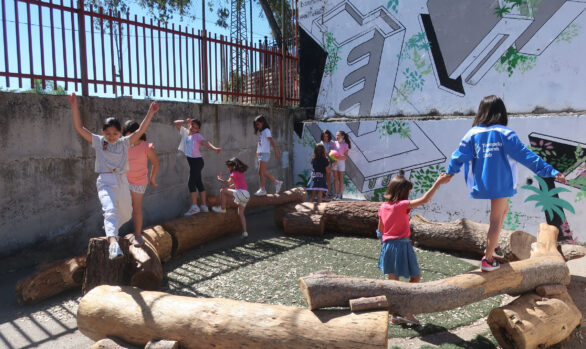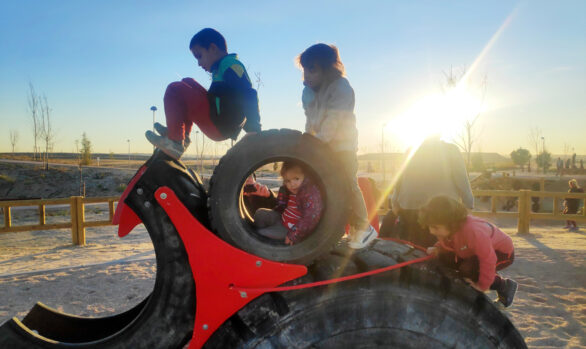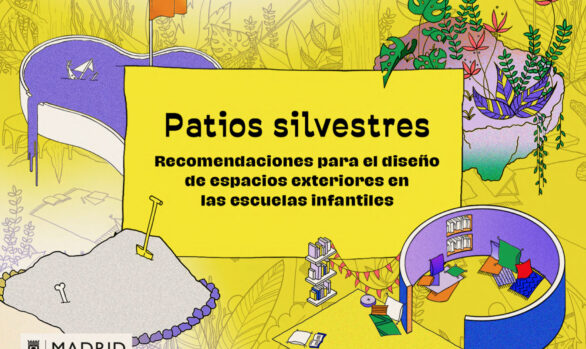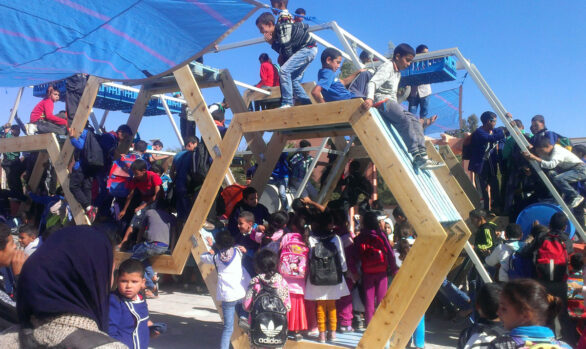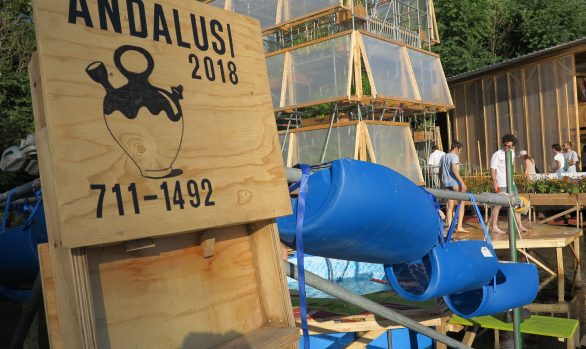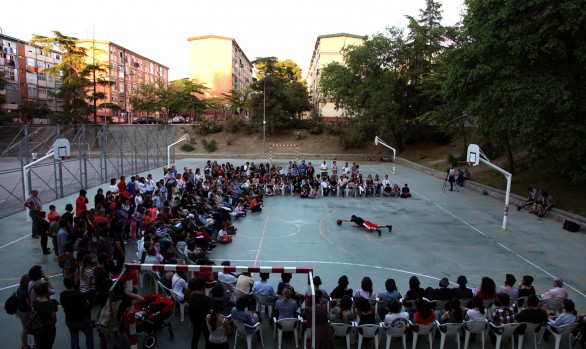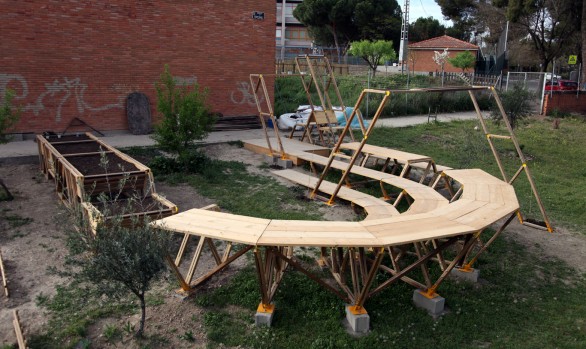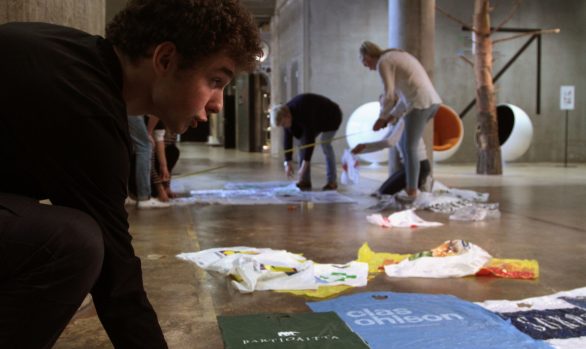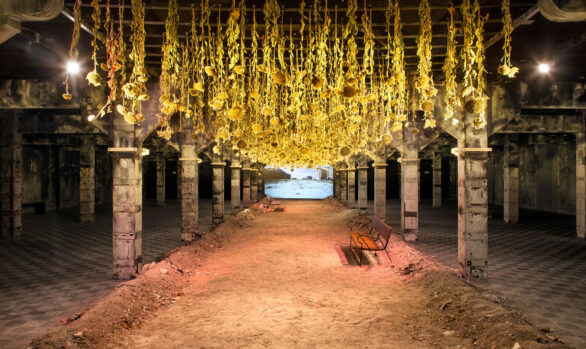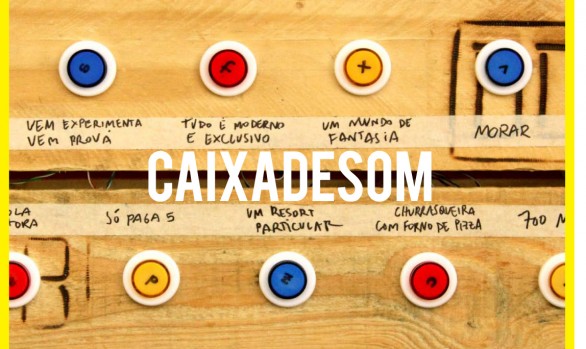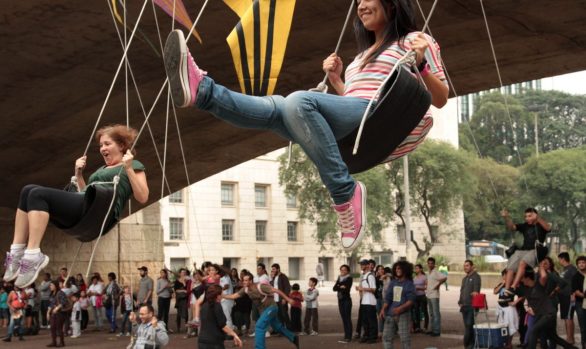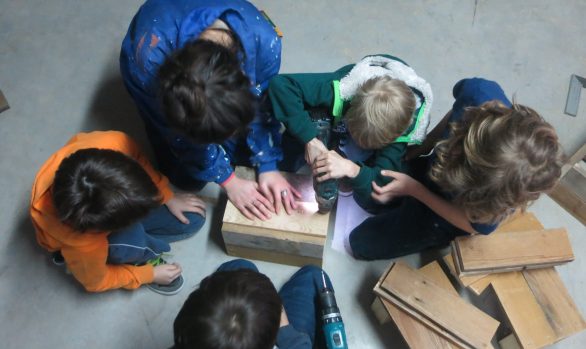Self-made playground in Malabo
Public Space / Self-Context
A brief passage in the town of Malabo (capital of Guinea Equatorial) is enough to realize that its public is almost non-existent. Beyond the numerous bars of the city and their terraces token over the side walk, the street is a space of transition. Only a few places are used as public space even though they’ve bot been conceived such as.
Therefore and differently from other African towns, formal and informal usages of the public space are rare. As much the usages linked to private economic exploitation than the ones linked to rest, discussion, games and recreation.
It can’t be said about Malabo that exist there a culture of utilisation of public space (neither generically or as a characteristic of the city). This could be read and used as a generator of an intervention project in a vacant space of the town.
Project
On the occasion of the IIIrd edition of the Eco Carnaval, an event organized by the ICEF (Institut Culturel d’Expression Francaise, Cultural Institute of French Expression), the CCE (Cultural Center of Spain in Malabo) invited us to participate at the event. They proposed us to perform an intervention in the Chinese Neighborhood (Barrio Chino), a central part of the city near by the central market.
The first site visit wasn’t really encouraging: diverse cars parked across the central reservation of the place of intervention (some of them clearly abandoned), garbage covering the floor, lack of public lightning (lamp posts removed by invasive cars) and washing lines stretched between the trees ans the last lamp posts. This is compounded by uneven terrain and the impossibility for political reasons and absence of authorization to build in situ.
However some characteristics of the site appeared to be susceptible to generate an intervention which would give qualities of usage to the place. Those clothes we have seen hanging across the central reservation and the long of the walls actually indicated us that existed there somehow an utilisation of the space by the community. This was interesting to promote. Furthermore at the centre of the central reservation lies a big mango tree, providing shade to a large part of the site. The mango characterises the space and invited us to articulate our project around it.
Considering this informations we decided to carry out a project that would promote the uses identified locally and develop them around a new function: a children’s playground.
About the materials available, the CCE of Malabo had conducted a preliminary quest, collecting transport pallets of different sizes and plastic crates from a well known drinks brand. We had enough material, the problem was then assembling objects of such a variety of sizes.
The main problem we were faced to, in addition of the patchwork of materials, was being unable to work on the site except during the specific date of the Eco Carnaval. Confronted to this restrictions our strategy was generating quickly a system which could match itself to the materials available through forming an assorted ensemble. This way focusing our efforts on the durability of the project and an easy-adaptation to the uneven terrain.
We decided then to develop the project around regular hexagon (form already experimented during pasts Autoparque projects). Transforming slightly this figure generated the system adapting itself to materials. Thereby we had been able to produce independent modules (easier to transport from the construction site until the place of intervention) capable both to combined with each other and adapt the ground.
During the days following the design we built and transported the modules composing the project, using the pallets as resisting element where could children climb and adults sit, simultaneously providing shade and supports for small suspended garden in the plastic crates.
The second part of the invitation was the participation to the Eco Carnaval parade on the 15th of november 2014. We proposed to make a party from the transport of the ultimate module. Gathering all the families of CCE workers and spontaneously other persons (mostly children), we paraded carying our structure through Malabo streets. Finally we made out of the final montage a public event.

